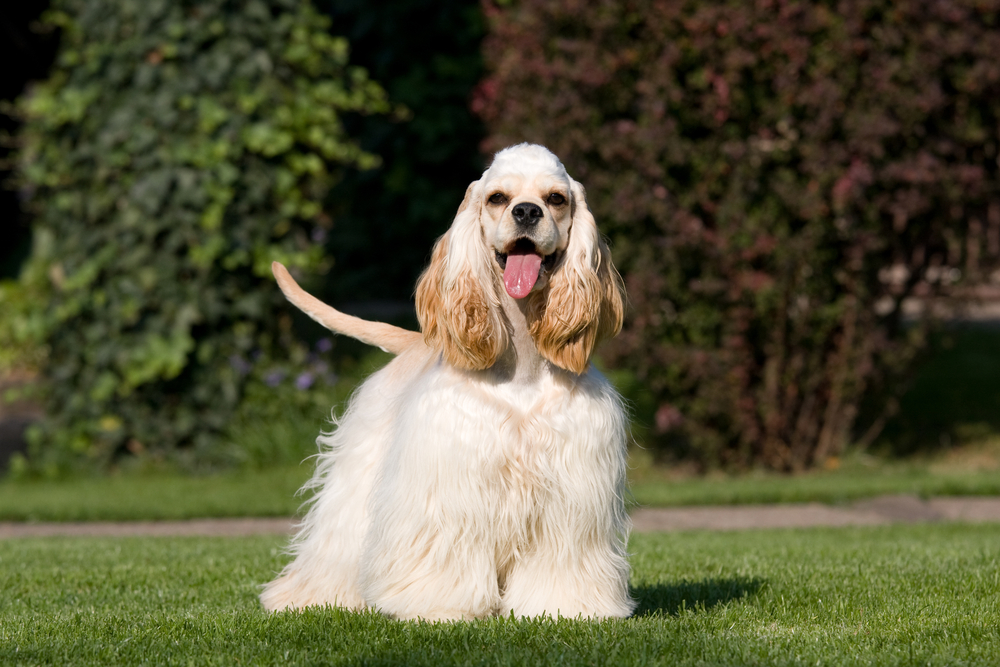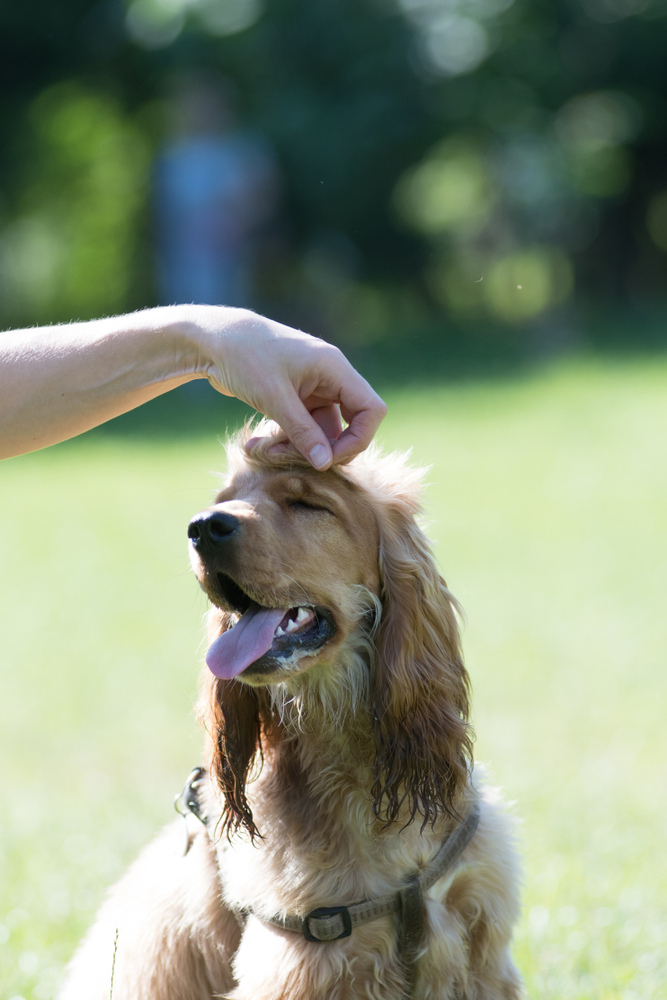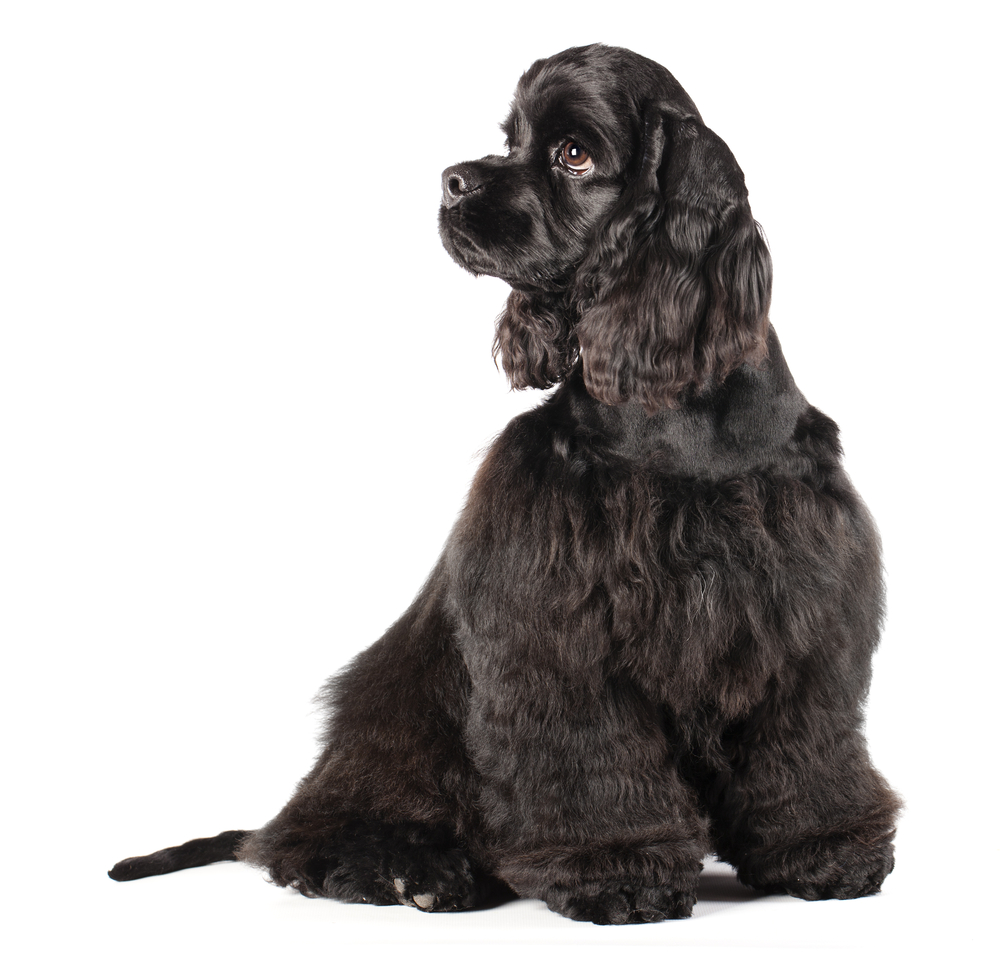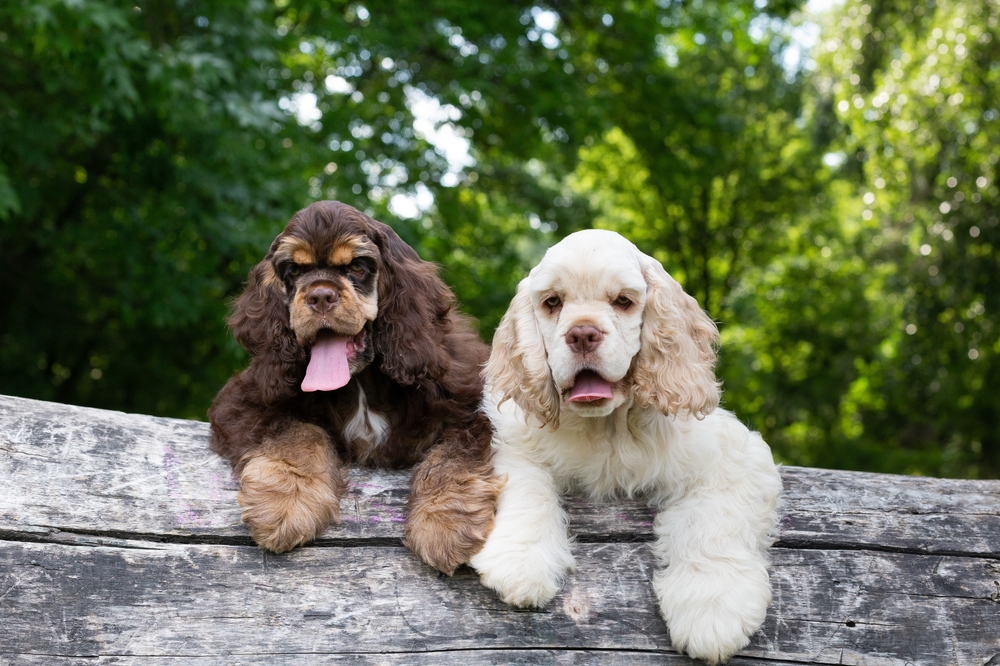Different Coat Colors and Patterns: Unraveling the Beauty and Genetics
In this comprehensive article, we delve into the fascinating world of coat colors and patterns in various animals, focusing on domestic cats and dogs. Understanding the genetics and intricacies behind these coat variations not only enhances our appreciation of their beauty but also sheds light on the science that governs their manifestation.

The Basics of Coat Colors and Patterns
1. Coat Colors in Cats and Dogs
Cats and dogs exhibit a wide range of coat colors, each contributing to their unique appearances. Some common coat colors include black, white, brown, gray, orange, and cream. These colors can present in solid hues or combine to form beautiful patterns. Understanding the origin of these colors can provide insight into their hereditary nature.
2. Coat Patterns in Cats and Dogs
Beyond basic colors, coat patterns add another layer of complexity and diversity to our beloved pets. Some of the most well-known patterns include tabby, bicolor, calico, merle, and brindle. These patterns arise from the interaction of different genes during development and can vary significantly between breeds.


Genetics of Coat Colors and Patterns
1. Role of Melanin
Melanin, the pigment responsible for coloration in hair and skin, plays a central role in determining coat colors. Eumelanin is responsible for black and brown shades, while pheomelanin produces red and yellow tones. The ratio of these pigments, along with other factors, influences the final coat color.
2. The Agouti Gene
The agouti gene is crucial for determining patterns in both cats and dogs. It controls the distribution of black and yellow pigments, leading to various tabby patterns, such as classic, mackerel, and spotted. The agouti gene’s presence or absence affects whether the animal will have a solid or patterned coat.
3. White Spotting Gene
The white spotting gene is responsible for creating white patches on the coat. Its presence can lead to bicolor, tuxedo, or even completely white animals. The extent of white markings depends on the interaction of this gene with others involved in pigmentation.
4. Calico and Tortoiseshell Cats
Calico and tortoiseshell cats are unique because of their mosaic-like coats, which result from the interaction of multiple genes. These cats are almost exclusively females due to the role of sex chromosomes in determining coat color.
5. Dilution Genes
Dilution genes act to lighten the base coat color, producing colors like blue and cream. These genes dilute the eumelanin and pheomelanin pigments, resulting in softer, more pastel-like shades.
6. Merle and Brindle Patterns
Merle and brindle patterns are common in certain dog breeds. The merle gene creates patches of diluted color, while the brindle pattern consists of streaks of color on a lighter background. These patterns add a mesmerizing charm to several canine breeds.
Breeds and Coat Color Variations
1. Cats: Siamese and Ragdoll
Siamese cats are renowned for their striking contrast between their creamy bodies and dark-colored extremities. The Ragdoll breed, on the other hand, showcases a pointed pattern with blue eyes, creating a captivating appearance.
2. Dogs: Dalmatian and Australian Shepherd
The Dalmatian breed is famous for its unique coat, covered in black spots on a white background. Australian Shepherds often exhibit merle patterns, with patches of diluted color distributed across their coat.

The Role of Environment
While genetics primarily determine coat colors and patterns, the environment can also play a role. Factors like temperature, nutrition, and stress can influence pigmentation during development, leading to subtle changes in coat appearance.
Different Coat Colors and Patterns
The world of coat colors and patterns in cats and dogs is a mesmerizing blend of genetics and beauty. Understanding the genes responsible for these variations allows us to appreciate the diversity and uniqueness of our beloved pets. The interplay of melanin, agouti, white spotting, dilution, and other genes creates a myriad of possibilities, each contributing to the charm and allure of our furry companions.
